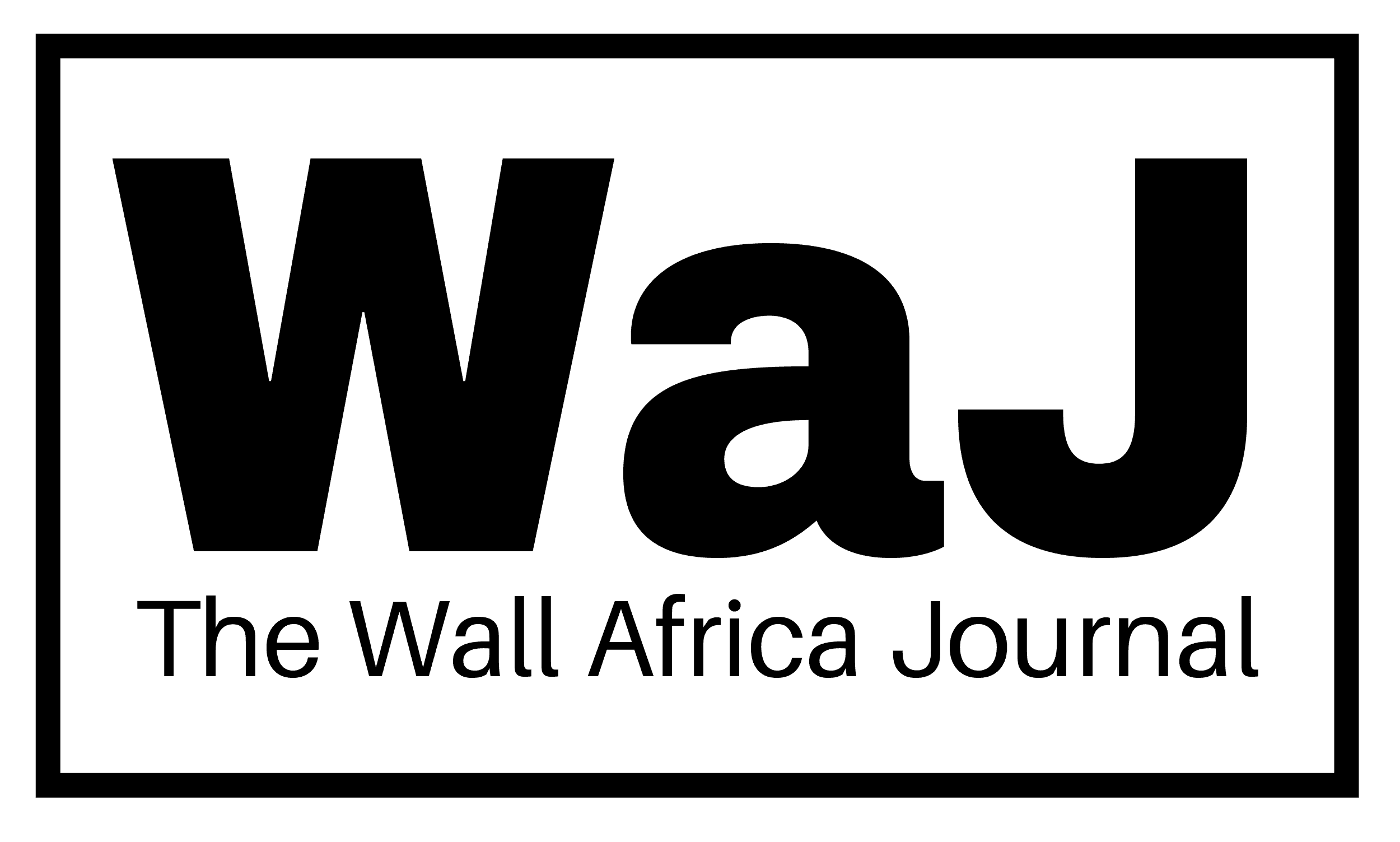The International Monetary Fund (IMF) has revised its 2025 growth forecast for Nigeria’s economy, lowering it from 3.2 percent to 3 percent. This projection, part of the IMF’s April 2025 World Economic Outlook (WEO), was released during the Fund’s ongoing Spring Meetings in Washington, D.C. The downgrade has sparked disagreement among Nigerian economists and policy analysts.
The IMF attributed the revision to a broader global economic slowdown, driven in part by trade tensions following new tariffs introduced by the United States and retaliatory measures from its trading partners. The report also forecasts further deceleration in Nigeria’s growth to 2.7 percent in 2026, alongside minimal gains in real per capita output—just 0.6 percent in 2025 and 0.3 percent in 2026. These figures lag behind the Sub-Saharan Africa average and highlight persistent income inequality and limited household purchasing power in Nigeria.
Reacting to the forecast, Professor Ken Ife, Lead Economist for ECOWAS, dismissed the IMF’s projections. “I disagree with the IMF. They don’t fully grasp the dynamics of Nigeria’s economy,” he told Daily Trust. He argued that indicators such as household consumption, balance of payments, and domestic investments suggest stronger economic performance. He pointed to a $6.8 billion balance of payments surplus in 2024 and noted that domestic consumption could rise if tax reforms pass. He also highlighted the local impact of major projects like the Dangote Refinery, which he said is already saving foreign exchange by selling refined products in naira.
On the other hand, Dr. Oluseye Ajuwon of the African School of Economics acknowledged that Nigeria’s downgrade is part of a wider trend caused by global trade disputes. He noted that escalating tariffs—including those affecting Nigerian exports—are contributing to economic challenges. “We are already seeing effects on exchange rates, with the naira trading at around N1,650 to the dollar,” he said. However, Ajuwon added that the revised forecast is unlikely to significantly alter investor sentiment beyond current conditions.
The IMF also projects Nigeria’s headline inflation will average 26.5 percent in 2025, following the National Bureau of Statistics’ (NBS) rebasing of the Consumer Price Index (CPI). Though lower than the 33.2 percent recorded in 2024, inflation is expected to rise again to 37 percent in 2026. While inflation temporarily eased early this year—falling from 34.80 percent in December to 24.48 percent in January and 23.18 percent in February—it inched back up to 24.23 percent in March, highlighting persistent cost-of-living pressures.
Central Bank of Nigeria data confirms a $6.83 billion balance of payments surplus in 2024, driven by strong trade performance. Yet experts warn this may be short-lived. JP Morgan, for instance, cautioned that prolonged low oil prices could return the current account to deficit. Fitch Ratings, however, maintains a more optimistic view, projecting a moderate surplus averaging 3.3 percent of GDP between 2025 and 2026, supported by ongoing energy reforms.
The IMF has acknowledged recent policy reforms in Nigeria, including the removal of fuel subsidies, the end of central bank deficit financing, and exchange rate unification. However, it stressed the need for deeper structural reforms to enhance productivity, reduce inflation, and ensure long-term economic stability.
Meanwhile, Nigeria’s delegation to the Spring Meetings is being led by Finance Minister and Coordinating Minister of the Economy, Wale Edun. The meetings, running from April 21 to 26, bring together delegations from 190 countries. Key discussions include the global economic outlook, financial stability, poverty reduction, and the economic implications of climate change. Nigerian participants include leaders from financial institutions, the private sector, civil society, and development partners.
The Spring Meetings serve as a platform for member countries to seek policy advice and financial assistance, while also reviewing potential reforms to the international financial architecture aimed at supporting sustainable and inclusive growth in developing economies.



